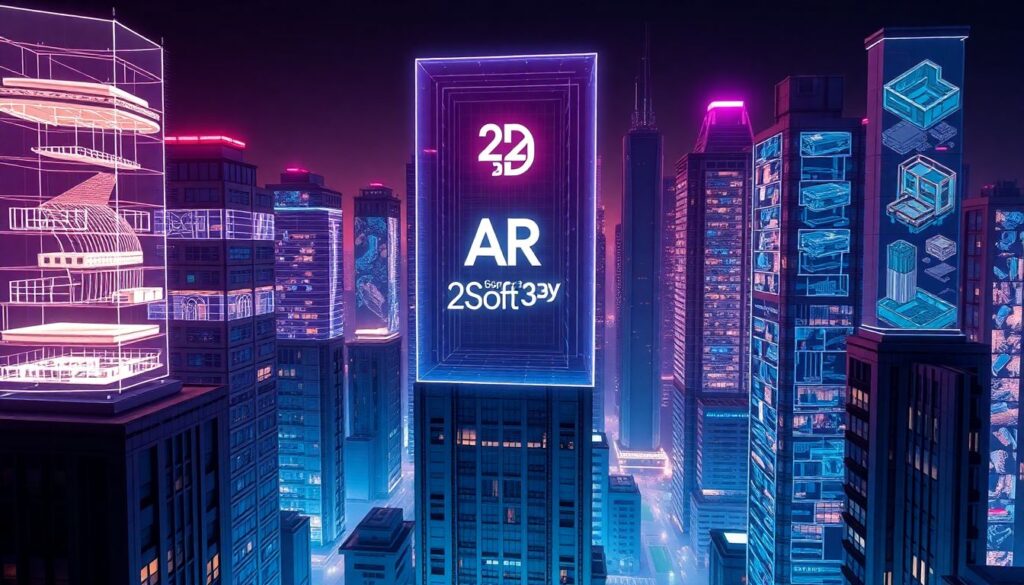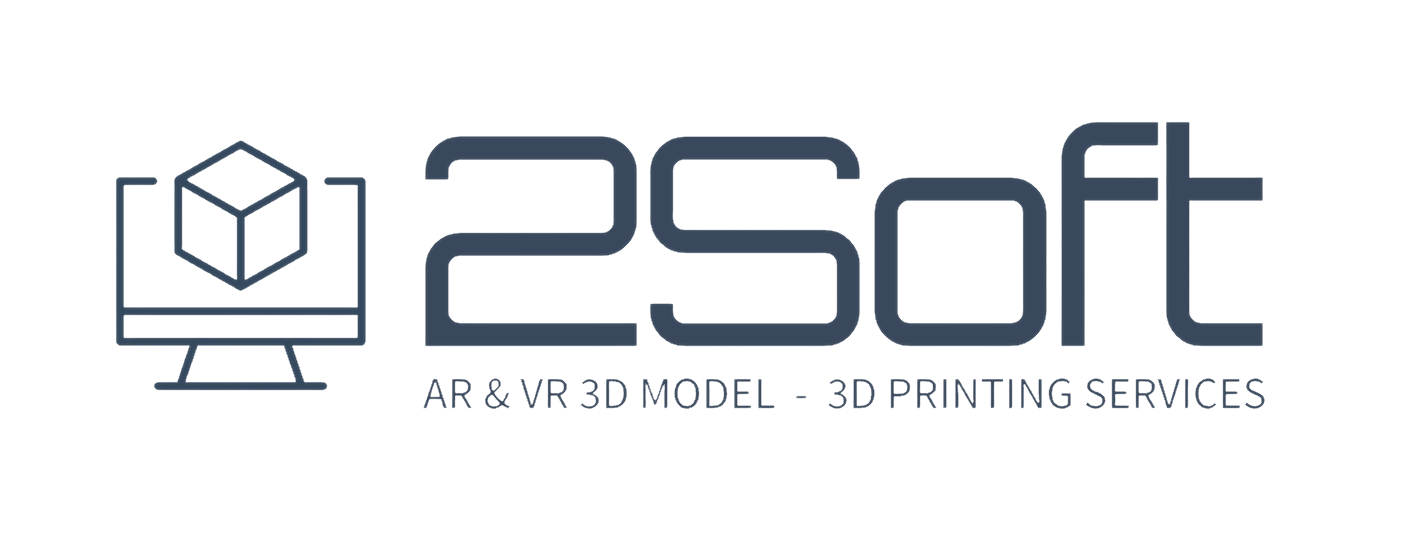
How to get a job in 3d modeling
Land Your Dream Job: A Comprehensive Guide to Breaking into 3D Modeling
The 3D modeling industry is booming, with a growth rate expected to surpass $30 billion by 2024. For aspiring artists and designers, this field offers exciting opportunities to create everything from video game characters to architectural designs. This guide outlines the steps to successfully launch your career in 3D modeling.
Master the Essential 3D Modeling Skills
Software Proficiency
To join the ranks of successful 3D modelers, mastering the right software is crucial. Here are some industry standards:
- Blender: Versatile and free, great for both beginners and professionals. Learn Blender here.
- Maya: Widely used in films and games, known for animation and modeling. Maya tutorials.
- 3ds Max: Popular for architectural visualizations. 3ds Max resources.
- ZBrush: Ideal for intricate character design and sculpting. ZBrush Learning.
Fundamental Modeling Techniques
To create impressive models, focus on these essential techniques:
- Polygon Modeling: Building shapes using vertices, edges, and faces.
- Sculpting: Creating organic shapes with tools that mimic traditional sculpting.
- Texturing: Adding surface details and colors to your models.
- Rigging: Preparing a model for animation with skeletal structures.
- Animation: Bringing your models to life through movement.
Resources for learning these techniques include CG Cookie and Udemy.
Workflow Optimization
Efficient workflows can significantly boost your productivity. Use techniques like:
- Hotkeys and Shortcuts: Speed up your modeling process.
- Version Control: Keep track of changes and iterations.
- Batch Processing: Streamline repeated tasks.
Real-world examples highlight that industry professionals often create their own templates and scripts to save time.
Build a Show-Stopping Portfolio
Project Selection
Craft a portfolio that stands out by showcasing a variety of projects:
- Personal Projects: Show creativity and independence.
- Freelance Work: Highlight real-world experience and client satisfaction.
- Student Projects: Demonstrate skills learned during your education.
Presentation Matters
The way you present your work is just as crucial as the work itself. Focus on high-quality renders and clear layouts. Examples of well-presented portfolios can be found on platforms like ArtStation and Behance.
Portfolio Platforms
Choose the right platform to showcase your work effectively. Consider using:
- ArtStation: Great for high-quality artistic work.
- Behance: Suitable for a variety of creative projects.
- Personal Website: Offers full control over how you present yourself.
Network Your Way to Success
Online Networking
Build connections through platforms like LinkedIn. Engage in conversations, share your work, and connect with industry professionals.
Industry Events
Attend industry conferences, workshops, and meetups to meet potential employers and collaborators. Events like SIGGRAPH and GDC provide invaluable networking opportunities.
Mentorship
Seek mentorship from experienced 3D modelers. Learning from someone who has navigated the industry can provide insights and guidance that accelerate your growth.
Craft a Killer Resume and Cover Letter ( how to get a job in 3d modeling )
Highlight Relevant Skills
Tailor your resume to reflect the skills most relevant to the job. Focus on specific tools and techniques you excel in.
Quantify Your Achievements
Use data to showcase your accomplishments. For example, “Increased project efficiency by 30% through optimized workflows” makes a bigger impact than “Helped improve team processes.”
Keywords and Applicant Tracking Systems (ATS)
Many employers use ATS to screen resumes. Use relevant keywords from the job description to increase your chances of getting noticed.
Ace the Interview and Land the Job
Prepare for Common Interview Questions
Familiarize yourself with common interview questions like:
- “What is your favorite 3D model you’ve created, and why?”
- “How do you handle feedback on your work?”
Research the company and the interviewer to tailor your responses.
Showcase Your Passion
Employers want to see your enthusiasm for 3D modeling. Share personal projects and experiences that ignite your creativity.
Negotiating Your Offer
When discussing salary, know your worth. Research industry standards and be ready to negotiate. Remember, it’s a two-way conversation.
Conclusion
In summary, breaking into the 3D modeling industry requires mastering essential skills, building a standout portfolio, networking, crafting an effective resume, and excelling in interviews. Take the first step today towards your 3D modeling career. The more you invest in your skills and network, the closer you’ll get to landing your dream job. The future is bright in this field—embrace the challenge!







